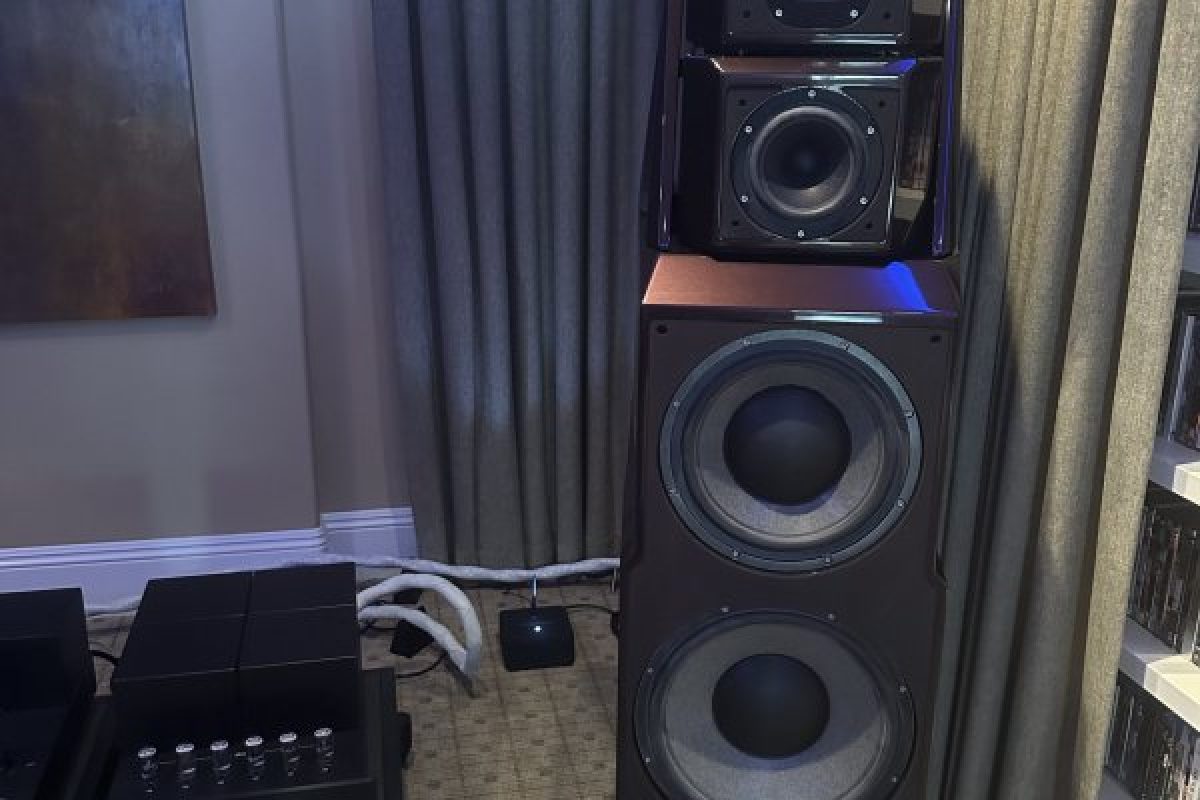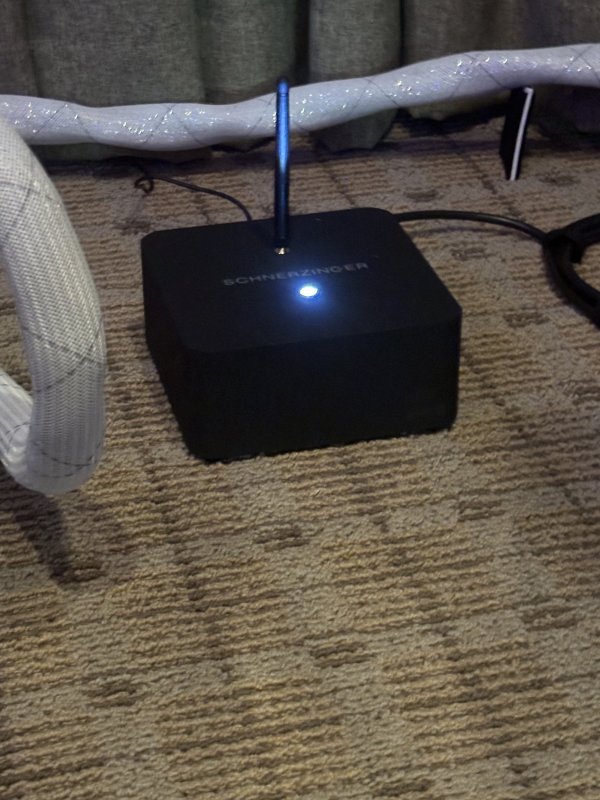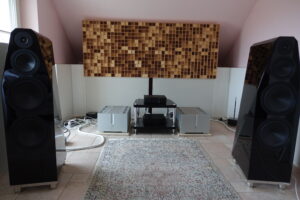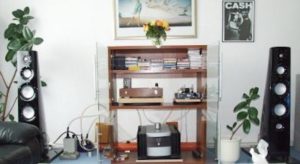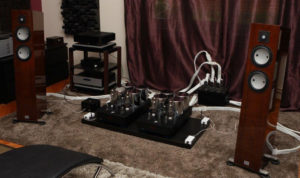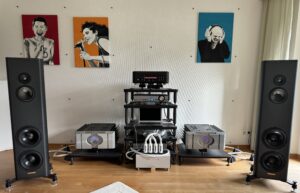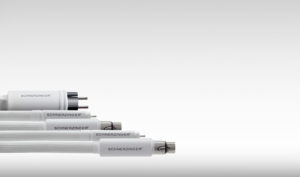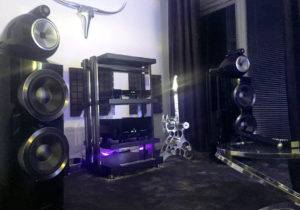A Post in What’s Best Forum by Steve Williams (Site Founder, Site Owner)
Many years ago as I started my audiophile pursuits, I was basically a digital guy and only got into analogue (turntable and reel to reel) over the past 10 years. I remember vividly when something called a CD player hit the audio market and how one could pause, reverse, fast forward simply and unlike anything that could be done with vinyl or tape. I remember buying my fist CD player by Kyocera and was so enamored that I sold my Ampax reel to reel and a modest turn table and for me the die was cast and I had crossed the Rubicon. Having said this, those early years were filled with fun but a sound that was anything but perfect and certainly not analogue. Digital sound was harsh, sharp. In your face and fraught with listener fatigue.
Over the past 3 decades digital sound has evolved considerably and listening has become far more enjoyable but for many the glare of digital has hampered their use and adoption of digital in their systems. In the early years I was known online as “the ultimate tweak” as I went down the rabbit hole so many times only to get lost in turns, swerves and unnecessary dents in my wallet.
As digital got better and better I found my way out of the rabbit hole and have found a path that I find so compelling for my ears that it has resurrected my desires to continue to find ways to improve my digital sound. Taiko products have made me love digital and my audio path has always been a tube system and along came LampizatOr which has endeared my ears with the sound I love.
As I have been sitting patiently waiting for my Olympus and IO to arrive shortly I have been kept busy with something I discovered that has truly gobsmacked me. Not only has it made digital something so much better to which to listen but what it does to analogue is every bit as big or even bigger. I have been listening for days and have kept asking myself if I have taken the plunge down the rabbit hole as I don’t know if the Grid Protector could be considered a tweak or as I feel now, an absolute essential stand alone to any audiophile system.
I have no idea how this product works but I have to say that after a week of listening it is so easy to demonstrate what it does is to turn it off. A typical A-B-A test . All too many times audiophiles will do an A-B test and hear a difference and go with it. I, on the other hand have learned painfully, that the critical test is A-B-A . You have to remove what you added and ask yourself what have you lost or are you finding A is still better. My mantra has always been been “is this something better or is it just something different” This can only be answered with an A-B-A test
Installation of the Grid Protector takes all of 5 minutes. There are 2 power supplies; one with a fixed Schnerzinger power cord and a second that employs a simple wall wart. You can pretty much put it anywhere in your system but I elected to place it where I assumed the most has is in my room and that is behind my speakers in the proximity of my mammoth Lamm ML3 signature amps with each channel having 6 large transformers for a total of 12 transformers
I’m of the ilk that I prefer plug ’n play and set it and forget it. This was that very thing. Screw in an antenna and plug in both the wired power cord and the wall wart (no need for the use of an LPS). There are three switches on the back, two of which IMO are needed (the third switch as I understand it is to daisy chain this with additional boxes. In my room, that was completely unnecessary. Each switch has a middle OFF position and an up 1 position and a down 2 position. This essentially can be simply stated. The 1 is GREAT but the 2 is WOW
The change is instantaneous but initially very subtle.This is a unit that is left on and it seems maximum change is achieved at about 24 hours of the unit being on.Here is what I know about the unit……..
It has two dedicated circuits that target interference fields and suppress it via the live lines and protective earth. Focusing on the domestic power grid it's aim is to improve resolution, purity and flow.
SO WHAT DID I HEAR?
There is such an amazing change in clarity that the simplest and faintest of nuances that was previously heard was so much more obvious. The harshness is gone. There is an ease to the listening that completely for me eliminated any fatigue whatsoever. In fact listening to the music totally relaxed me. There is no immersive effect or change in the soundstage. Rather there is a feeling of being closer to the music. What initially I thought was my imagination but easily disproved by turning off the Grid Protector was being able to hear so much clearer especially spoken words in the lyrics of sound. Also the slight background nuances that I previously knew were there were now so much more a part of the presentation. Everything was more palpable.
I hate to use clichés but the hash was indeed gone and the palpability and realism of the music seemed to have been brought to life. This is 100% reproducible as I had my wife (with me blindfolded) turn on and off both switches and when they were off, the first time I said, “what just happened?”. It’s not that everything collapses but things become less palpable and less distinct . As for which position I use, I did find each time that if one is good two is great.
Finally I did audition vinyl and some tape today and to my ears the change was even better I hate to say that everything sounded much more natural but what it does is to breathe air into the sound stage and to separate the instruments and the vocals. Turn it off and the sound as I knew it and thought it to be superlative was suddenly just OK and made me conclude, that whatever this Grid Protector does is a must have for my ears and my system.
As I understand the basic concept there is a filtering out of RFI and to a lesser extent EMI. Schnerzinger is a well established Germany based company and quite reliable in their products..I discovered that they also produce an EMI Protector and I have one of these on order so I am very anxious to hear what this box will do as well. There is no coloration Nothing stands out but in summary, there is a sense of air and relaxation, yet far more clarity and the nuances previously heard just seemed so much more audible.
I guess I might have stuck my head down this rabbit hole with this Grid Protector and now with a desire to hear the EMI Protector. Nothing is added but what is there just seems so much more real and palpable that this has become a permanent part of my system.
My interest in this unit came about after reading Mike Malinowski’s superb thread here on WBF re Zellaton (https://whatsbestforum.com/threads/zellaton-the-end-of-my-speaker-journey.37829/ )and I wanted to inquire about the speaker. I reached out to Gideon Swartz in New York who is the USA importer. We have had many discussions and Gideon commented that the two companies codevelop together in order to maximize Zellaton potential. I have heard Schnerzinger cables and was completely unaware that the company is actively involved in projects such as the Grid Protector. I was told that these amazing little boxes will improve any system universally, despite the known Zellaton connection. I was curious enough to ask for a demo and received the Grid Protector last week and for me the rest is history (other than await the arrival of the EMI Protector which also is plug ’n play) as I bought the Grid Protector
Steve Williams
(What’s Best Forum 08/2024)

